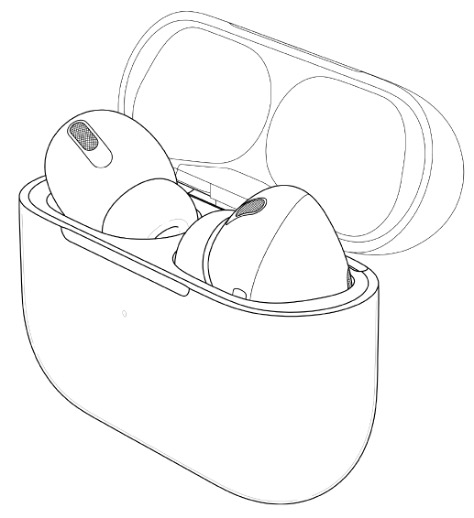
Utility Patents vs Design Patents (Industrial Designs)
While the definition of Patent merely covers utility patent according to the Indian Patent Act, 1970, the same isn’t true in many other jurisdictions. For example, in the United States, there are three types of patents, namely utility patent, design patent, and plant patent. In India, design patents are called “Industrial Designs” and are defined under the Industrial Designs Act, 2000 (hereinafter referred to as the ‘Act’). India does not have the concept of plant patents and hence we will not be discussing plant patents in this article.
Utility Patents
Utility patents, as their name suggests, protect the utility/functionality surrounding an invention. Utility patents may be granted to products or processes depending upon the subject matter of the invention. To know more about utility patents read “What is a Patent?” written by Adv. Sutapa Jana, Consulting Counsel, Acura IP. To keep things simple, at least in India, whenever someone refers to a patent, they are most likely referring to a utility patent. Utility patents may be used to protect inventions like safety pins, electric motors, jet engines, vaccines, beverages, processes of making novel chemical compositions, and the like.
Case Study: Apple AirPods
Let’s take the example of Apple Inc’s popular gadget AirPods. You will understand why I chose this example by the end of this article.
The hardware and software elements of AirPods are protected by Apple via numerous utility patents. The design and development of a complex product such as AirPod should have involved multiple novel inventions. The product is a result of several innovations in the field of hardware, software, and firmware.
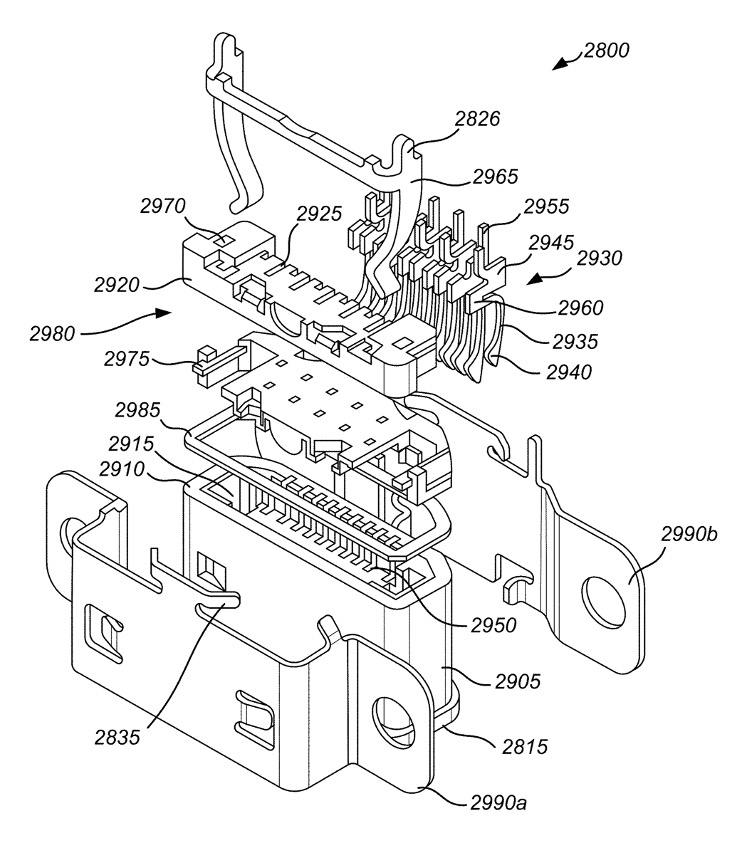
Hence, the product itself is protected by numerous utility patents (US10097913B2, US10009678B2, US10003880B2, US10397682B2, US9973840B2, US9967650B2, US10225637B2, and so on). The list of utility patents that protects AirPods is lengthy and keeps growing every single month with new patent applications filed by Apple to protect new inventive features (Apple Patent Hints At Ground-Breaking New AirPods Feature).
Design Patents / Industrial Designs
Design patents known as Industrial Designs, as their name suggests protect the ornamental design of a product. Unlike utility patents, they do not protect any functionality or utility of the product. It should be obvious by now that they do not protect processes and their use case is restricted to tangible products. This is in contrast with utility patents that can protect intangible aspects of an invention like a networking software that operates in the backend of a software system. Throughout this article, we will be using the terms ‘industrial designs’, ‘design patents’, and ‘designs’ interchangeably.
The definition of a ‘design’ as per the Industrial Designs Act, 2000 is as follows:
Section 2 (d): “design” means only the features of shape, configuration, pattern, ornament, or composition of lines or colours applied to any article whether in two dimensional or three dimensional or in both forms, by any industrial process or means, whether manual, mechanical or chemical, separate or combined, which in the finished article appeal to and are judged solely by the eye; but does not include any mode or principle of construction or anything which is in substance a mere mechanical device, and does not include any trademark as defined in clause (v) of sub-section (1) of section 2 of the Trade and Merchandise Marks Act, 1958 (43 of 1958) or property mark as defined in section 479 of the Indian Penal Code (45 of 1860) or any artistic work as defined in clause (c) of section 2 of the Copyright Act, 1957 (14 of 1957).
In simple words, industrial design recognizes features of the new and original shape, configuration, surface pattern, ornamentations, and composition of lines or colours applied to articles which in the finished state appeal to and are judged solely by the eye. The design may be in 2-dimensional form (ornamental design on a saree) or 3-dimensional form (ornamental design of a chair).
A design is registrable if it:
- is new or original;
- has not been published in any country prior to the filing date or priority date of the application;
- is applied or can be applied to an article by an industrial process; and
- is visible in the final article and can be judged solely by the eye.
A design is not registrable if it:
- is not new or original;
- has been disclosed to the public in any country prior to the filing date or priority date of the application;
- is not significantly distinguishable from known designs or a combination of known designs;
- falls within the definition of trademark (under trademark laws), proprietary mark (under IPC) or artistic work (under copyright laws); or
- comprises or contains scandalous or obscene matter.
Rights Conferred by Design Registration
Section 22 of the Act provides for legal proceedings against piracy of a registered design. The Act stipulates that it would be unlawful for any person to, for the purpose of sale and without a license or written permission of the proprietor, apply the design itself or any fraudulent or obvious imitation thereof to any article in the class of articles in which the design is registered or import any such article or knowingly publish that the article is for sale.
If a person infringes the rights of the applicant, he/she may initiate legal proceedings against the infringing party and seek damages as per the provisions of the Act.
Case Study: Apple AirPods
While utility patents protect the hardware and software innovations behind the working of AirPods, they do not protect the design of the gadget as such. When it was introduced back in 2018, the AirPods was a brand-new concept and had a brand-new design. The world was not yet accustomed to the design that Apple introduced and obviously there was a lot of skepticism surrounding the product (mostly attributed to the demise of the 3.5mm jack).
The AirPods’ design comprised of a charging/carrying case that could host a pair of earbuds. The pair of earbuds were not connected using a wire, unlike traditional Bluetooth earphones. Basically, the charging/carrying case, the left earbud, and the right earbud were separate entities connected wirelessly. While utility patents protected the concept of wireless connectivity, charging technology, and the like, they did not protect the design of the product as such. And that is where design patents come into the picture.

By 2022, Apple has filed thousands of design patents (USD951235S1, USD927317S1, USD933636S1, USRE47915E1, USD876242S1, USD904901S1, USD878045S1, and so on) to protect the design elements of various models of AirPods. The list of design patents that protect AirPods keeps growing every single month with new design patent applications filed by Apple to protect new inventive features.
Overlap of Utility & Design
By now, you might have understood that certain products comprise novelty both in the case of utility as well as design. The example of AirPods was specifically used in this article to illustrate such an overlap. Similarly, first-generation iPhones were protected using a combination of utility as well as design patents. The infamous Apple Inc. vs. Samsung Electronics Co. patent infringement suits relied heavily upon the design patents filed by Apple to protect the first-generation iPhones. Samsung eventually lost the case and had to pay damages to Apple for infringing the design of iPhones.
While it is certainly advantageous to protect your invention using a combination of utility as well as design patents, it may not always be possible to do so. Most products that we use in our daily lives including furniture, household appliances, and the like, may not be eligible for utility patents unless they include new functionality. On the other hand, they may have design elements that are novel. In such cases, design patents may be used to protect the novel design of the product.
For example, if a person designs a fancy-looking blender that uses electric motors and containers that are well known in the field, he/she may go for a design patent to protect the novel design of the appliance.
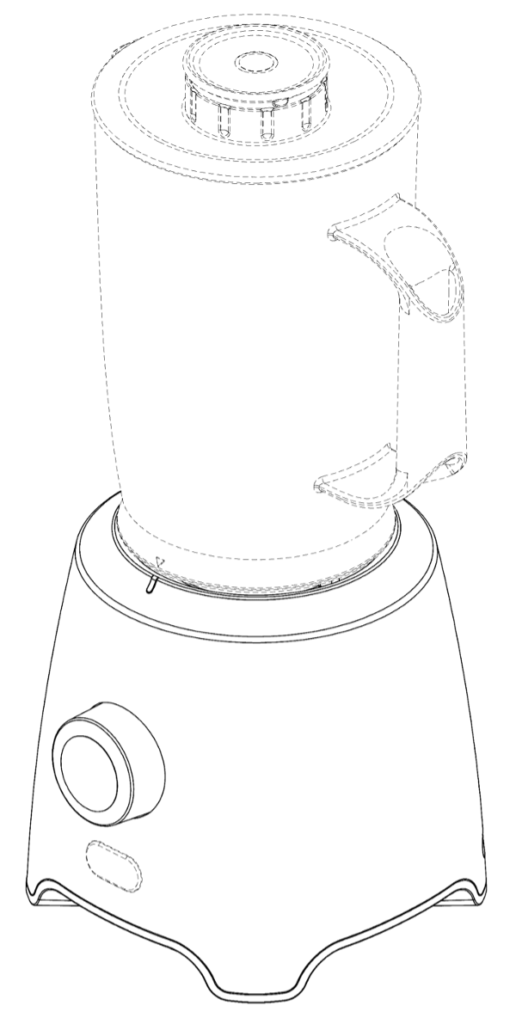
Similarly, if an artisan comes up with an eye-catching design for a chair, he/she may not be able to protect the same under utility patents as the utility of a chair is well known. In this scenario, he/she may protect the novel ornamental design of a chair using a design patent.
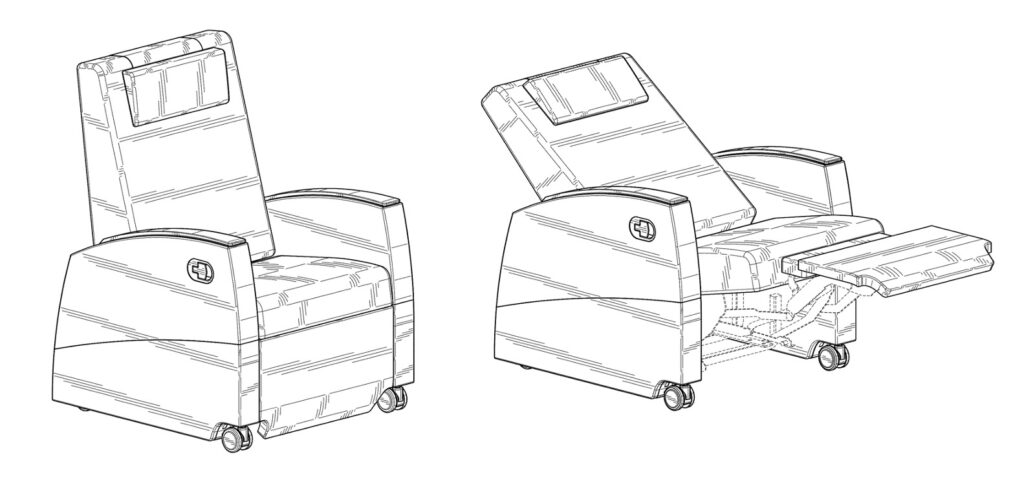

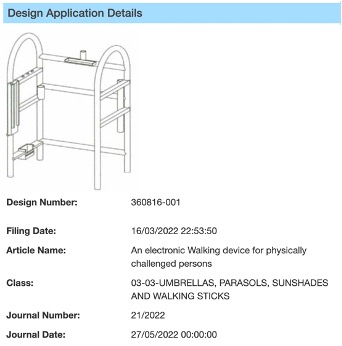
Duration of Protection & International Designs
A design is protected for an initial period of 10 years from the date of application. The protection may be extended to an additional period of 5 years upon request. In total, design protection can last up to 15 years.
Design protection comes under the purview of the Paris Convention and TRIPS agreement. Hence, a design patent filed in any contracting country may be extended to India by filing a corresponding application within 6 months from the date of first filing. Similarly, a design application filed in India may be extended to another country by filing a corresponding application within 6 months from the date of filing in India.
Conclusion
It should be adequately clear by now that the law offers several solutions for individuals and business owners to protect their interests from unfair trade practices such as theft and infringement. Thanks to the WTO, unlike other laws that work differently in different parts of the world, the avenues of protection offered by intellectual property laws across the world are unified and comprehensive. It is up to the inventors/businesses to decide whether they should use these legal solutions to defend their business interests.
A mere glance at the number of Intellectual Property filings in developed countries gives us a clear indication of the efforts taken by business owners in those jurisdictions to protect their businesses. While India is rapidly catching up with the trend, the lack of credible information and guidance is hampering our progress. We humbly request our clients/readers to be more aware of their IP rights and take action to protect their IP rights. In a globalized world, it is pertinent to take advantage of your legal rights so that you don’t get outfoxed by predatory business practices.
Contact us to get professional help for drafting and/or filing your utility patents or design applications.


Recent FAQs Published by the Indian Patent Office on Form 27
The Indian Patent Office recently released a comprehensive FAQ document…

A Comprehensive Guide to Patent Searches: Types, Examples, and When to Use Them
Patent searches are a crucial aspect of the patenting process.…

Microsoft vs. Indian Patent Office – Decisions by Delhi High Court on Software Patents in India
The part of this series focuses on the…
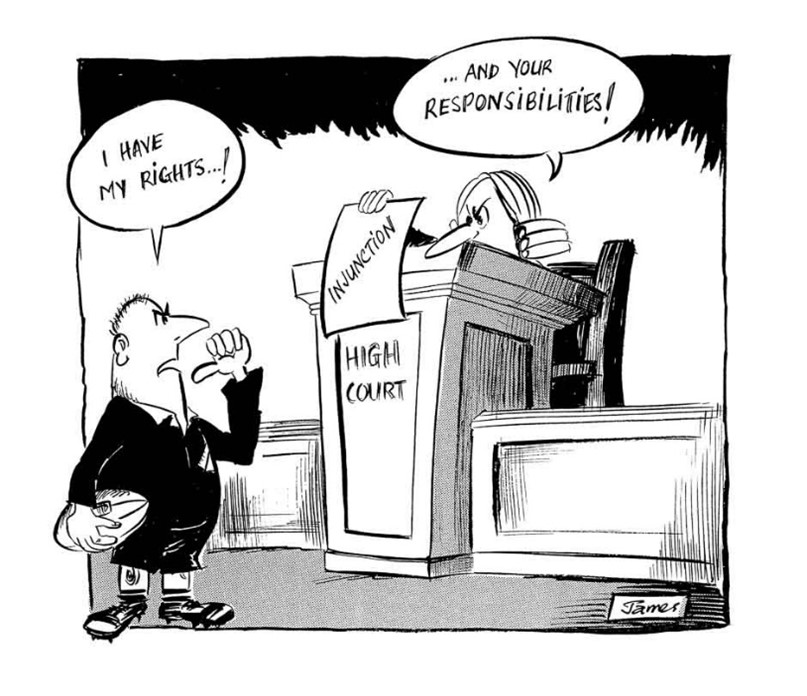
Case in Point: Sun Pharma Ltd vs. DWD Pharma Ltd
Case in Point is a new series where…
Categories
Recent Discussions
Recent FAQs Published by the Indian Patent Office on Form 27
The Indian Patent Office recently released a comprehensive FAQ document regarding Form 27, aimed at clarifying the requirements and procedures for patentees and…
Recent Discussions
A Comprehensive Guide to Patent Searches: Types, Examples, and When to Use Them
Patent searches are a crucial aspect of the patenting process. Whether you're an inventor, entrepreneur, or a legal professional, understanding the different types…


